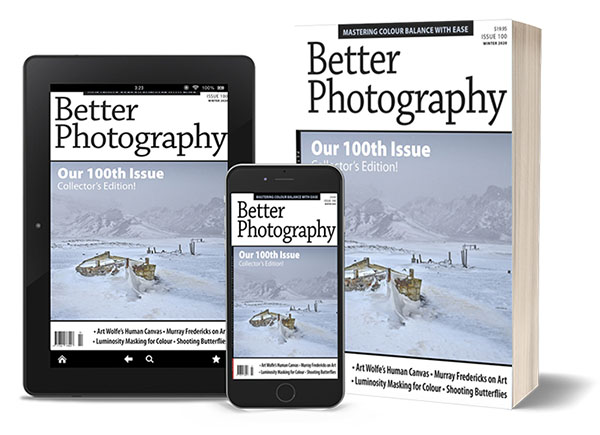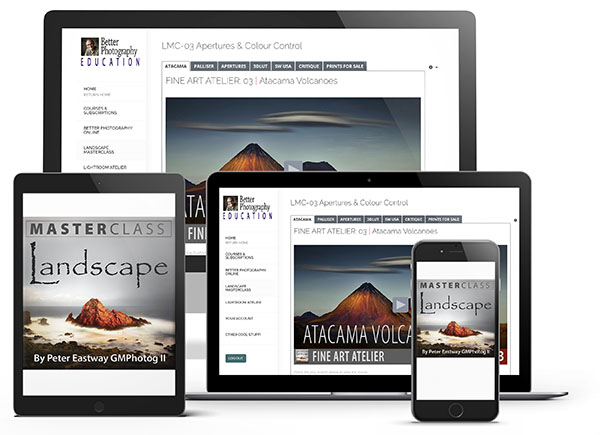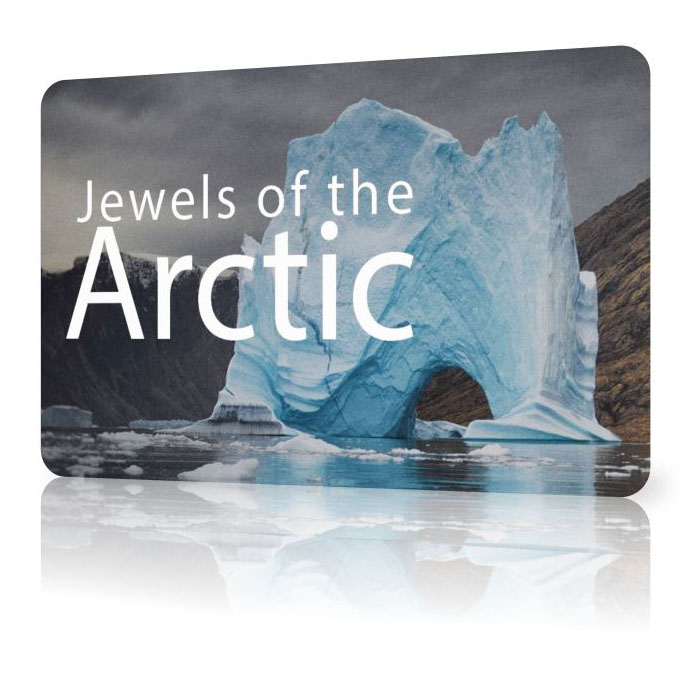Join Peter Eastway & Tony Hewitt in Patagonia, the Atacama Desert and Easter Island in May 2025

Gorilla Not In The Mist
Eastern Mountain Gorilla, Bwindi, Uganda
Fujifilm X-H2
It’s raining outside our 4WD as we drive back to Entebbe for our flight home. I’ve spent the past 12 days with my Turkish friend and photo guide Mehmet Ozbalci and a small group of keen and enthusiastic photographers. It has been a simply remarkable trip and while some of us signed up primarily to see the mountain gorillas, there really is so much more to explore in Uganda. Future newsletters will share some of these explorations.
This female was only a few metres away from us. Over the years, families of gorillas have been trained to ignore humans and today, with the local guides, are very accepting. It is both a great experience and a marvellous photo opportunity.
In post-production I have darkened the face but the eyes are more or less as you see them here. I think most of the impact comes from the tight crop and the front on camera angle - and I realise I am not the first photographer to produce an image like this
With this crop the gorilla looks powerful, but if you crop in on the eyes alone, she takes on a more sinister appearance - and having now seen them in the wild, this is not the case.
More Articles …
- Glorious Derby Mud!
- Telephoto Primes or Zooms For Wildlife?
- Up Close In The Falkland Islands
- Fujifilm's Cameras Are Now Hidden!
- What Do You Do When Another Photographer Has Already Shown Your Shot?
- Finding Yves Tanguy in Shark Bay
- Is A Story Necessary For A Good Photo?
- The Power of Long Exposure Photography with Phase One
- Phase One: Photographing in Remote Locations?
- Simplification and Accents
- New Gear From Fujifilm
- Not Camel Rock Again? Why Not!
- Is Passion A Good Thing To Be A Photographer?
- Join Eastway & Portelli in the Falklands - December 2024
- Dance of the Monks
- Should You Shoot Square?
- An ND5 Voyage on True North II
- The Tree Near Tolkien Rock
- What Is a Birrida?
- Iceberg in the Lee of a Storm



















